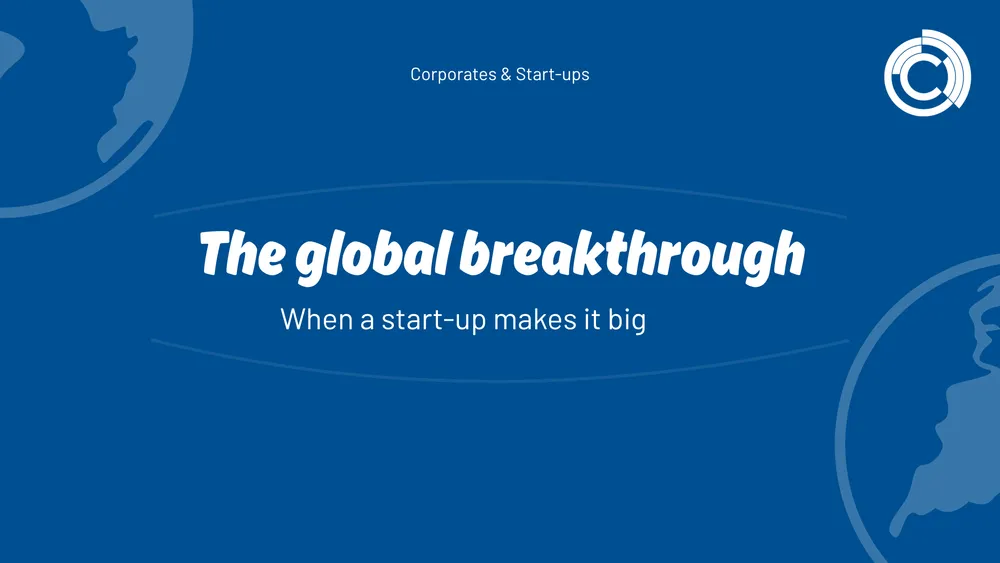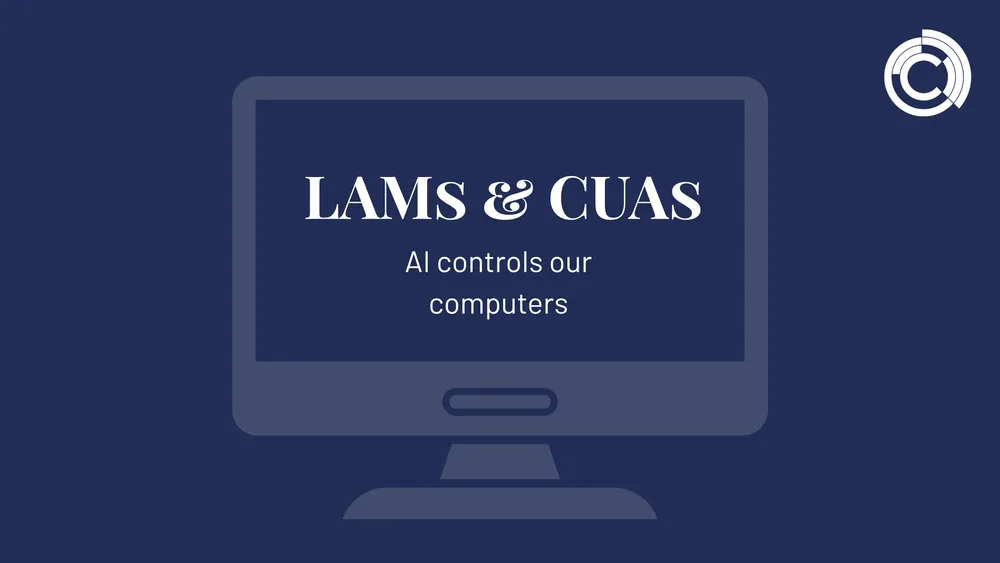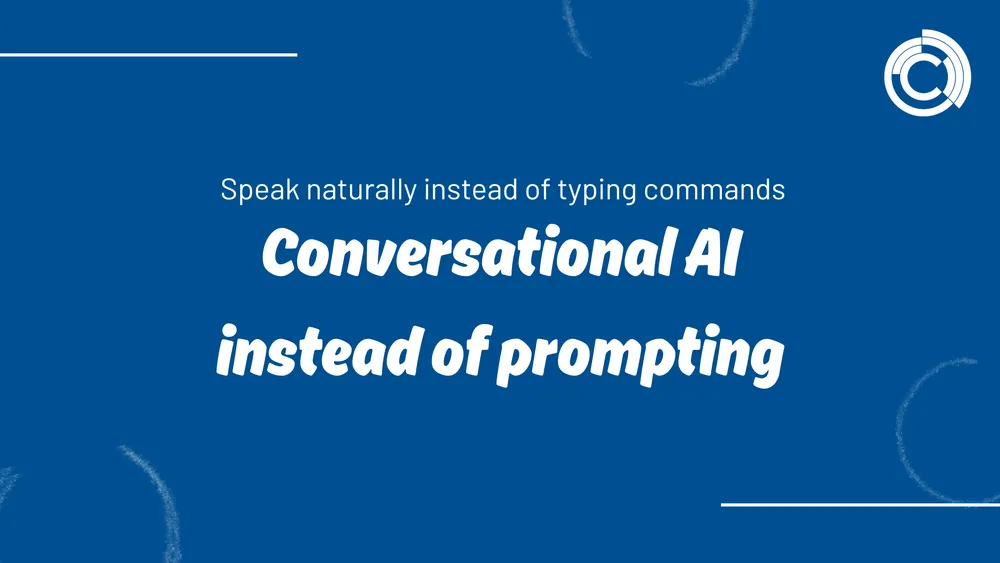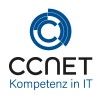
CCNet
Oct 13, 2025 • 2 min read
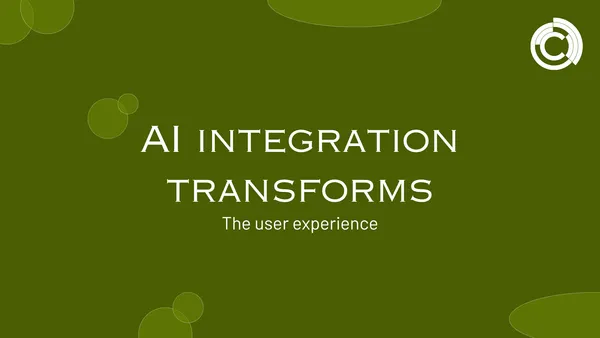
AI integration transforms the user experience
Artificial intelligence has evolved from a separate tool to an integral part of modern software. In 2025, we will see the next step: AI will be seamlessly integrated into applications and will often no longer be visible to users as a separate function. This will fundamentally change the user experience (UX) – and with it, expectations of digital products.
From tools to invisible helpers
Just a few years ago, employees had to open special AI applications to perform analyses or generate texts. Today, these functions are embedded directly into existing work environments:
• Presentation software automatically creates appropriate visualizations.
• CRM systems independently suggest next customer contacts.
• Email programs intelligently prioritize messages according to relevance.
AI is thus becoming more invisible, but at the same time more indispensable. For users, this means fewer clicks, less friction, and greater efficiency.
The new expectations
As AI becomes more widespread, employee expectations are also changing. They want intuitive, intelligent systems that take work off their hands instead of creating additional hurdles. Companies that fail to meet these expectations run the risk of their tools being perceived as outdated – with negative consequences for productivity and employee satisfaction.
Opportunities for companies
The integration of AI offers significant advantages for management:
• Increased productivity: Routine tasks are automated.
• Acceptance: Employees are more likely to use AI when it is seamlessly embedded in the workflow.
• Competitive advantage: Products and services stand out thanks to intelligent features.
• Customer experience: External users also expect smart, smooth interactions.
An example: Software providers who integrate AI into their platforms report significantly higher usage rates. Functions such as automatic text generation or intelligent recommendations are used as a matter of course – similar to spell checkers, which no one questions anymore.
Risks and challenges
The downside: Invisible AI also means less awareness of its use. This can pose risks:
• Transparency: Employees need to know when decisions are being made by algorithms.
• Bias and fairness: Built-in biases in AI systems can go unnoticed.
• Overdependence: When everything is automated, critical questioning is lost.
For management, this means that governance and education are key success factors. Employees need to understand the basics of AI functions – even if they work in the background.
Strategic importance
The integration of AI is no longer a secondary aspect, but a strategic success factor. Companies that intelligently enhance their applications not only increase efficiency, but also the attractiveness of their products for customers and talent. Those who wait, on the other hand, run the risk of employees and customers switching to modern alternatives.
Conclusion: Invisible intelligence, visible benefits
The future of user experience is intelligent, seamless, and invisible. AI is no longer perceived as a separate technology, but as a natural part of every application. For management, this means that now is the time to integrate AI into existing systems in a targeted manner—transparently, securely, and with real added value.
Companies that take this path will not only work more efficiently, but also visibly demonstrate their innovative strength.
Further information can be found here: AI Trends 2025 AI Trends 2025
FAQ about AI integration & UX
How does AI change the user experience?
It is invisibly integrated into software and simplifies the workflow.
What do users expect today?
Intelligent, intuitive systems that reduce their workload.
How do companies benefit from this?
Increased productivity, competitive advantages, satisfied employees.
What are the risks?
Loss of transparency, bias, over-reliance on automation.
Why is AI integration strategically important?
It determines the attractiveness of tools and companies.
